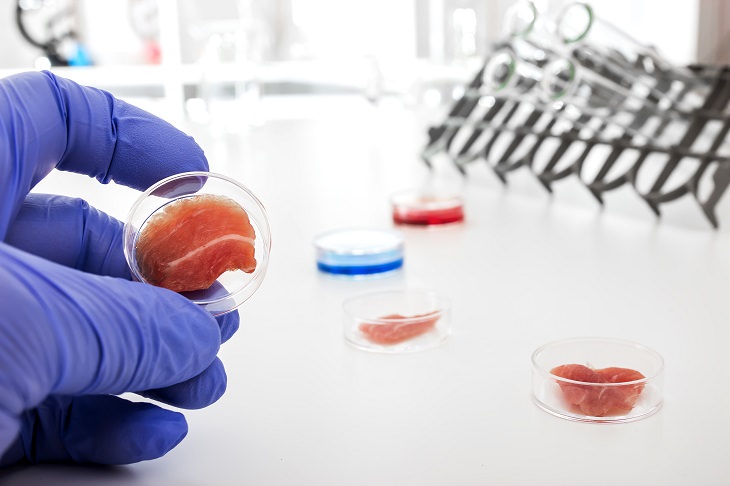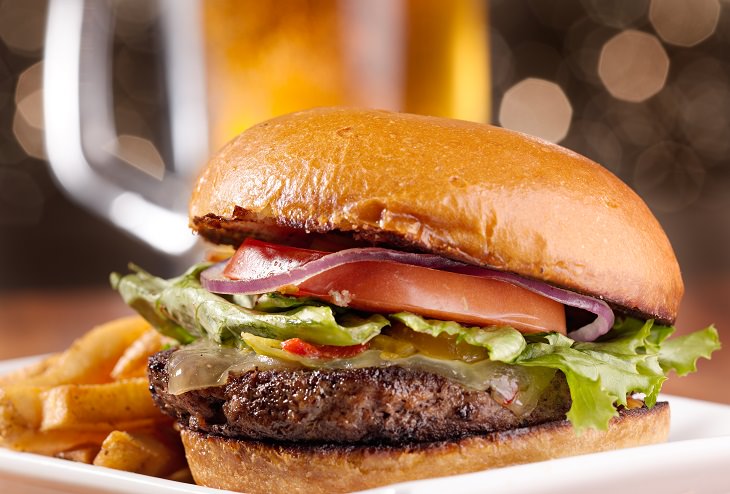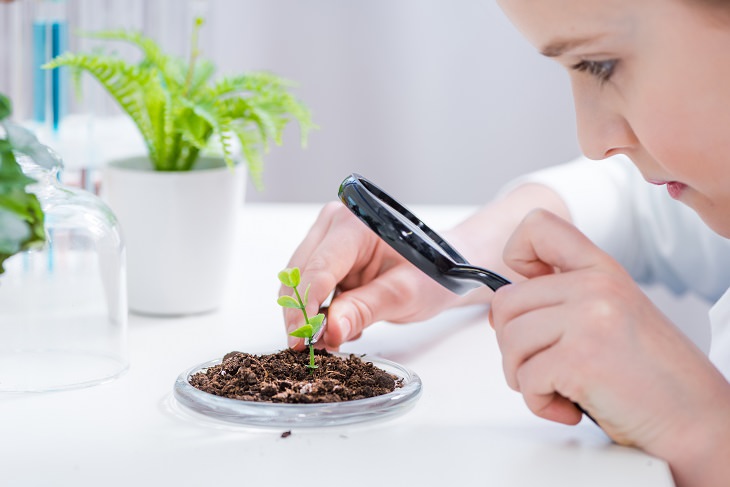
It might sound weird, but the meat you consume in the future might come from a plant, or lab, eliminating the need to slaughter animals.
The emerging industry, of what is known as clean meat, is growing in popularity and possibility. It’s being fueled by Silicon Valley start-ups, billionaire venture capitalists, Hollywood actors, and even some of the world’s biggest traditional meat processors.
Australian scientists now want to add their own “steak” to the game, but the rapid pace that the industry is growing has upset the global livestock sector, who are worrying that their industry is facing a new rival.

When Winston Churchill was the Prime Minister of Britain, he wrote of a future where meat grown in laboratories would help to feed the world. His prediction was only about three decades off, but while scientists have been growing meat in labs since 2013, it’s still not commercially available.
There are now around ten companies in a race to produce lab-grown meat for the masses. One such company, JUST, claimed that it could have the product on the shelves by the end of 2018, however meat expert Professor Robyn Warner from the University of Melbourne says it’s unlikely. “I don’t think we’ll ever get to replicating a whole steak or lamb chop, although I’m happy to be proven wrong. At the moment we can replicate a ground meat product, like a burger, but meat is a complex structure comprised of muscle cells, embedded within connective tissues which have capillaries and blood vessels and fat cells, and the flavor of meat comes from 750 compounds.”
Most cultured meat products are made from muscle fibers only, not fat or blood cells. Then they rely on colorings and flavors to make them meatier in appearance and taste.
In March, an international lobby called the Cellular Agriculture Society launched, in order to help organize the cellular agriculture sector and give it legitimacy. Kristopher Gasteratos, its CEO and founder, said the cultured meat start-ups he works with are trying to address those compound issues. He says that “by the time clean meat is commercialized, at least fat and connective tissues will be there. I think the companies know this to be a necessity for biomimicry, although I’m not sure about blood cells.”
Associate professor Jason White from the University of Melbourne makes lab-grown meat on a small scale, for research purposes, and said the ability to mass produce it is the main barrier to a revolution. Cost is the challenge. For example, the first lab-grown burger patty, made by Dutch scientist Mark Post in 2013, cost around AUS $400, 000 to produce.

Silicon Valley start-up Memphis Meats, claim that last year they made chicken and duck meat from stem cells at a cost of $AU6, 000 per kilogram of meat. Mr. Gasteratos said that some people will be prepared to pay high prices for it in the short term, until a mass-produced product is possible. By the year 2020, we could imagine select markets and high price tags for commercial clean beef, but if we’re talking about mass markets, this is likely to be closer to 2025.
The price is so high due to the expensive nutrient mix that the stem cells must feed on during the growing process. This mixture contains a serum known as Fetal Bovine Serum, which is made from the blood of an unborn calf. The fetus dies in the extraction process.
Scientists are trying to move away from this method. In fact, there are synthetic versions made from plants, but FBS is more productive because of its universal growth medium status, meaning that it can be used to grow almost any cell. This means that, for now, the process of making lab-grown meat is not only expensive, but also involves killing an animal.
A study carried out by the University of Oxford found a viable clean meat industry, when compared to the traditional means of farming, could result in up to 96% lower greenhouse gas emissions, 96% less water, and between 7-45% less energy.
However, some experts say that a commercial cultured meat industry could have unknown adverse impacts.
For example, Professor White says that “it’s going to be an energy-intensive process just from the equipment that’s going to be required and the production of those nutrient mixes. It will require a lot more energy than traditional livestock farming.
CAS’s Kristopher Gasteratos countered that even if it is more energy intensive, what about the water reduction, land reduction, and the fewer animals killed? No revolutionary idea is perfect, but finding one problem is certainly no reason to cast away something conceptually.
Last year, billionaire capitalists such as Microsoft founder Bill gates and Virgin’s Richard Branson, invested undisclosed amounts into Memphis Meats. Gates once wrote on one of his blogs that, “put simply, there’s no way to produce enough meat for 9 billion people (by 2050). Yet, we can’t ask everyone to become vegetarians. That’s why we need more options for producing meat without depleting our resources.”
The Bleeding Edge of Plant-Based Meat

The increasing demand for plant-based meat alternatives that are already available to buy is giving confidence to a cultured meat industry still trying to find its feet. Great advances in food technology means that companies such as Silicon Valley start-up Impossible Foods have been able to produce plant-based burgers that bleed fake blood that browns when cooked.
In the U.S., recent studies have shown that 60% of Americans are reducing their meat intake, even if they aren’t strictly vegetarian or vegan. This is because consumers are now more aware of where their meat comes from. People don’t just stop eating meat because they suddenly dislike the taste and texture, they give up meat because they love animals and care about the environment.
Farmers Fear a Fake Food Future
Last year, the French government banned the use of “meat” and “dairy” related words from vegetarian and vegan food labels and reserved them for products of animal origin. For example, labels such as “vegetarian sausage”, and “vegan bacon” are now illegal there.
In Washington DC, beef lobby group the United States Cattlemen’s Association is petitioning the country’s Department of Agriculture to define meat as something that comes from the flesh of an animal, slaughtered in the traditional way.
Lia Biondo, the USCA’s director of policy, says that “our members came to us last year with this concern. We don’t want to go down the same route as the dairy industry. We want to be able to clearly define what beef and meat is in a regulatory setting. We also don’t agree with the term clean meat. That implies traditional ranching is dirty. We’d prefer it to be called something along the lines of cell cultured proteins.
Ms. Biondo says that her association’s petition was not a defensive move by the cattle sector, but a fair one, and challenged Australia’s beef sector to do the same. However, Australia’s peak farm lobby group, the National Farmers Federation, is hesitant to follow the US and French lead in lobbying for naming bans.
NFF President and New South Wales farmer, Fiona Simson says that “there’s no reason to beat around the bush. If we’re growing lab-based synthetic protein, let’s call it “lab-based protein.” She went on to admit that plant-based alternatives and lab meats do pose a threat to traditional livestock farmers, saying “clearly there are demands for it, and we can’t stop technology."
Source: abc
Images: depositphotos